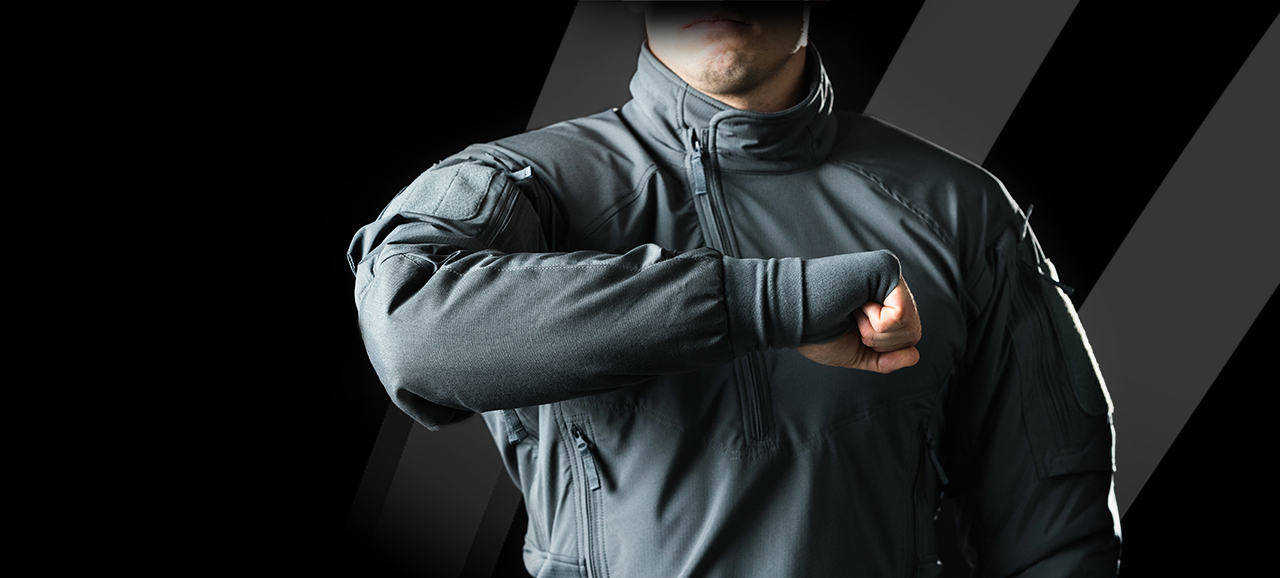Sled Dog Booties & Microplastic
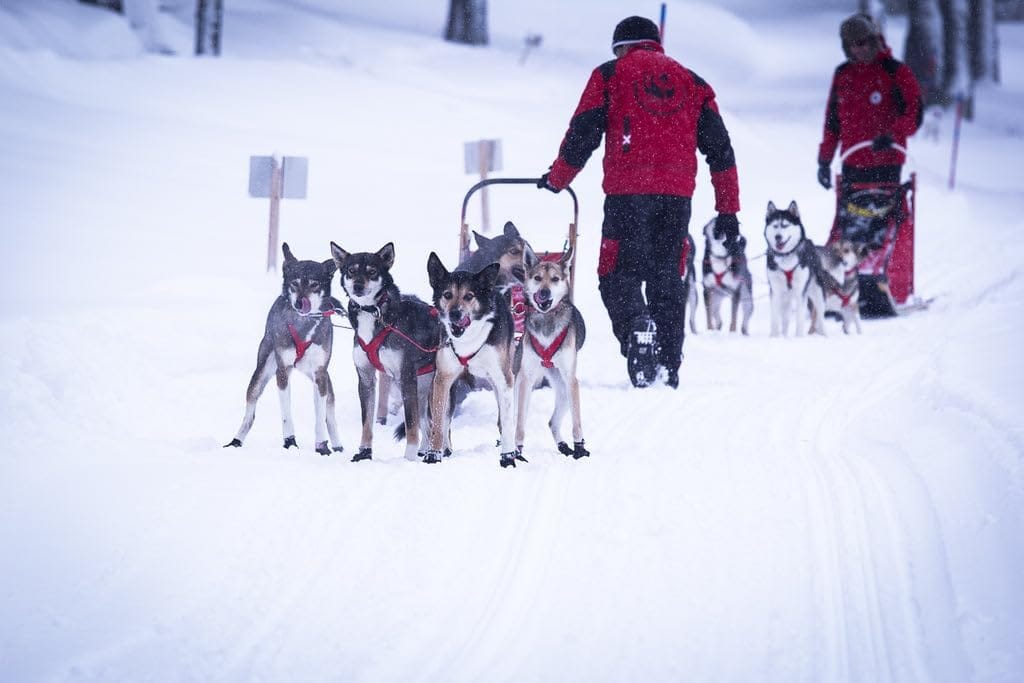
Some Of Happiest Dogs On The Planet...
... Are Professional Sled Dogs. Let's mush our way a little into the heartwarming world of these canine critters, so well attended, like four-pawed royalty. Not just experts at tail-wagging - for they love what they do - their astounding abilities go beyond any olympic sport.
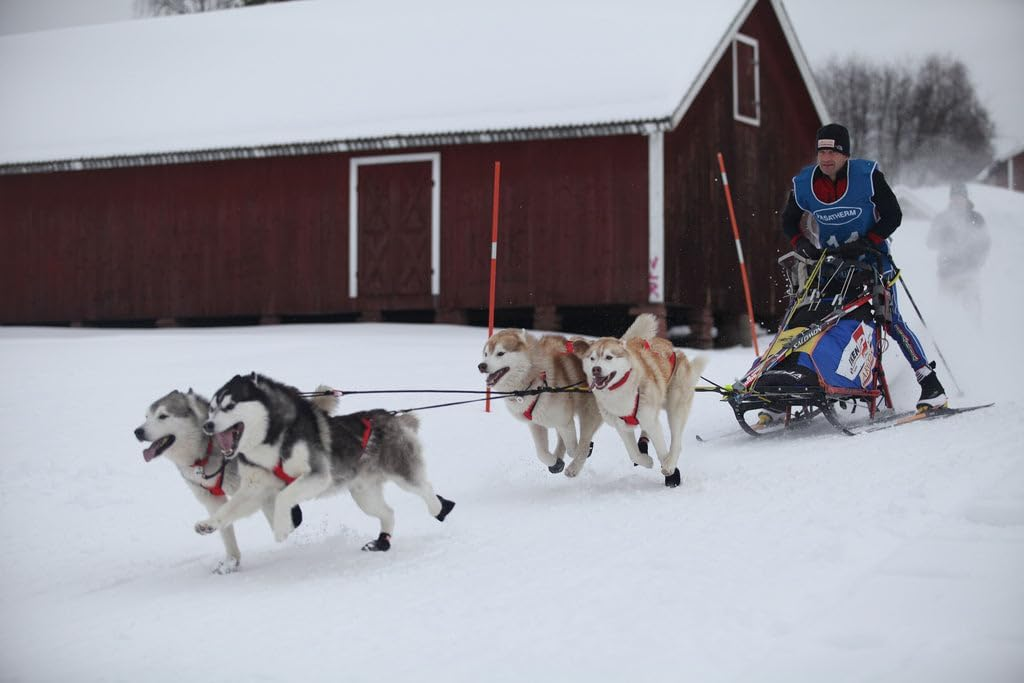
Their day-to-day life? Top-of-the-line care and a better diet than most if us. Mushing dogs score round-the-clock affection, unlimited treats, and a suite of health checks that rival anything in the veterinary world. Add to that the thrill of running with their pack everyday across the snow, and before the snow, as training begins early fall...
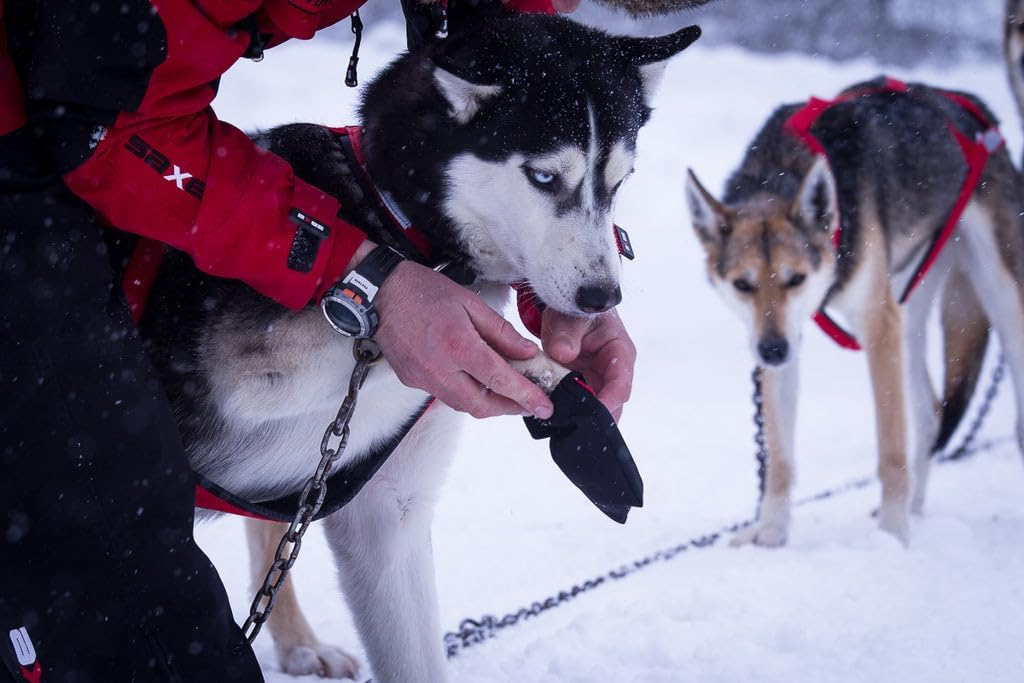
Neewa cordura booties
...even in spring and summer months, in a more relaxed sort of training. The best mushers enjoy taking their furry family on long free running walks, young and old, through the woods, to exert their own independence while bonding as a team. These pups are living the dream, making the most pampered of chihuahuas green with envy.
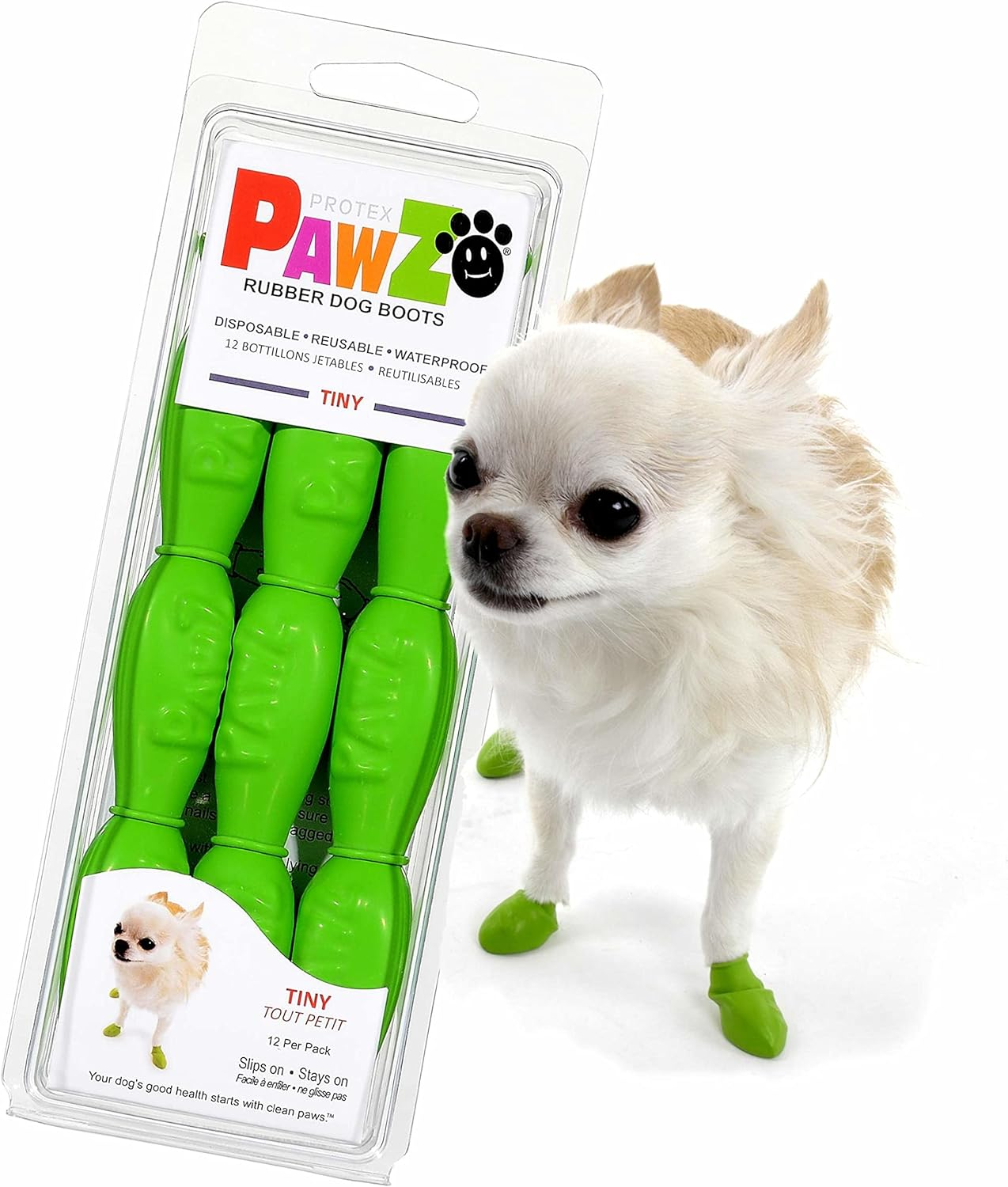
PawZ. natural rubber
Yep, mushing dogs lead a life befitting their station as athletes extraordinaire, where every howl is a holler of joy and every sled run, a victory lap of canine contentment.

Woof Walkers. nylon and leather
In the old days, when mushing in the north was a matter of necessity, moving goods, connecting few and very far between communities, a good lead dog was worth his or her weight in gold. Could mean the difference between life or death in a land of unforgiving cold and fierce storms. It behooved a musher to keep good care of the dogs, for they will surely, happily take good care of you. A tradition that holds just as true in today's mushing community.
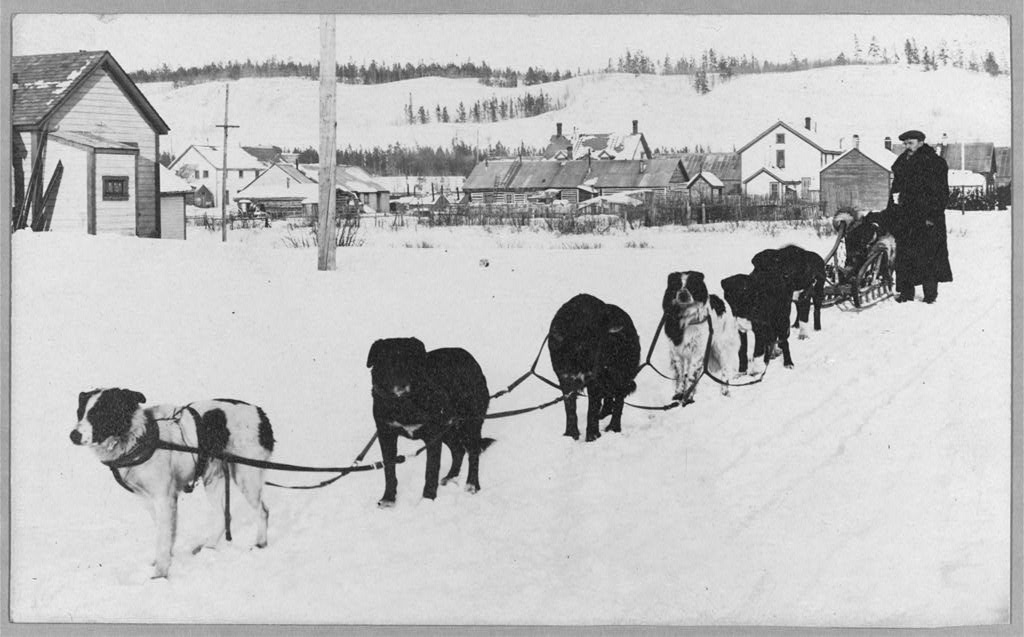
Of course in the good ol' days mushers were leaving no microplastics behind on their journeys. A situation that is unfortunately not so today. From plastic sled runners to dog booties, little microscopic bits of plastic are shed along the trail, and they add up.
Microplastics Found In Arctic Snow
In a chilling revelation that snowballed into a flurry of concern, scientists have discovered that even the Arctic's pristine powder isn’t just ice anymore - it’s laced with the clingy confetti of our modern world: microplastics. That's right, those tiny trespassers have sashayed into the polar party uninvited, mingling with snowflakes and making them, well, less pure than the driven snow.

Plastic particles up to the size of hemp seeds are picked up by the wind, added to the growing mass of plastic contamination, carried on the currents to be redeposited, in mushing country, as snow. And that's just the particles we can see.
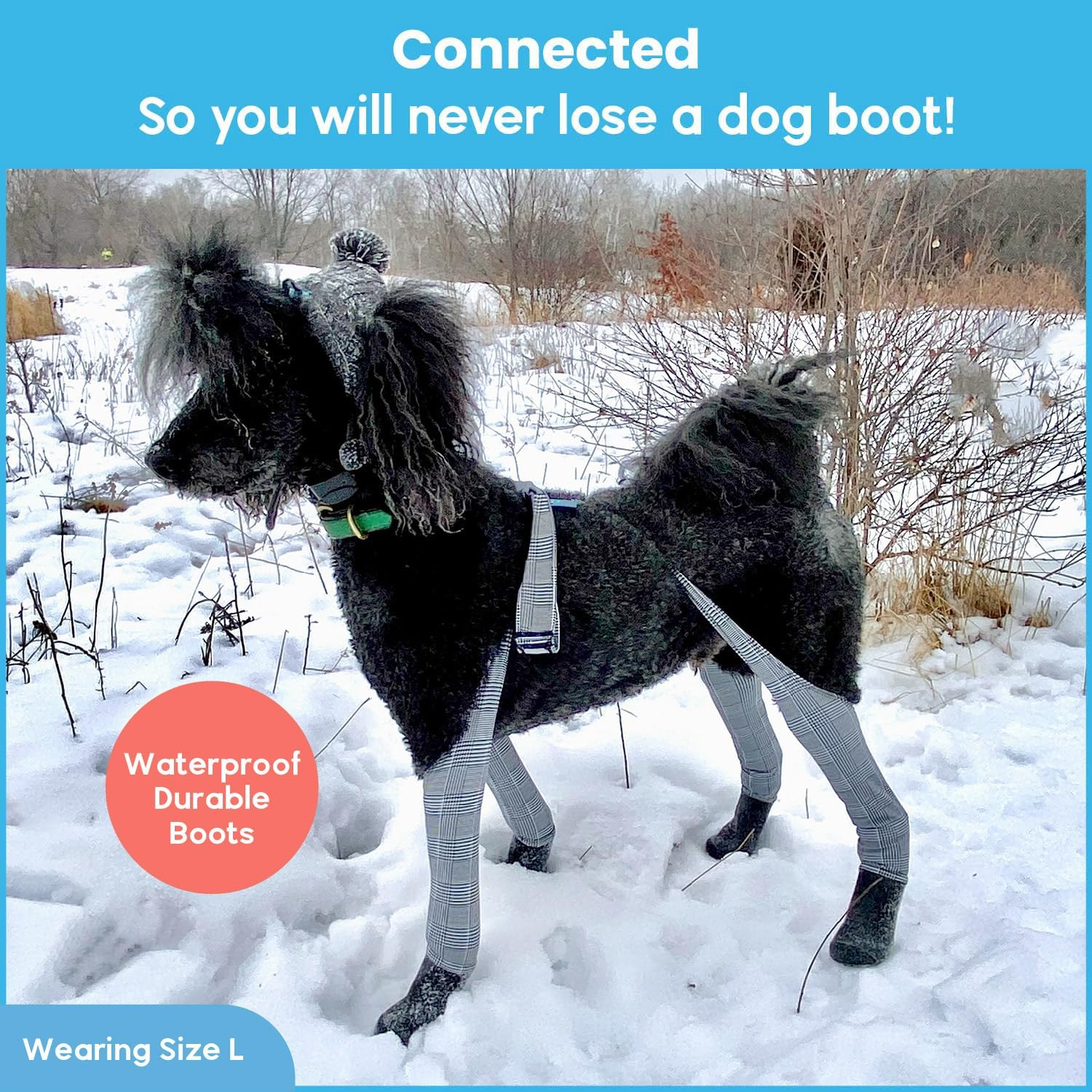
Walkee Paws. strap boot socks, spandex cotton, nylon, rubber?? confusing material list
Same is true in the Antarctic, researchers are finding. Ice caps are becoming plastic caps. So, let's brace ourselves for the ecological disaster of the century because it's going to get a whole lot worse, if it ever gets better. We might all be too sick by then to do much about it. So every little thing we can do now might negate future sadness in our grandkid's eyes over damage inherited by plastic habits today. "What were you old people thinking?"
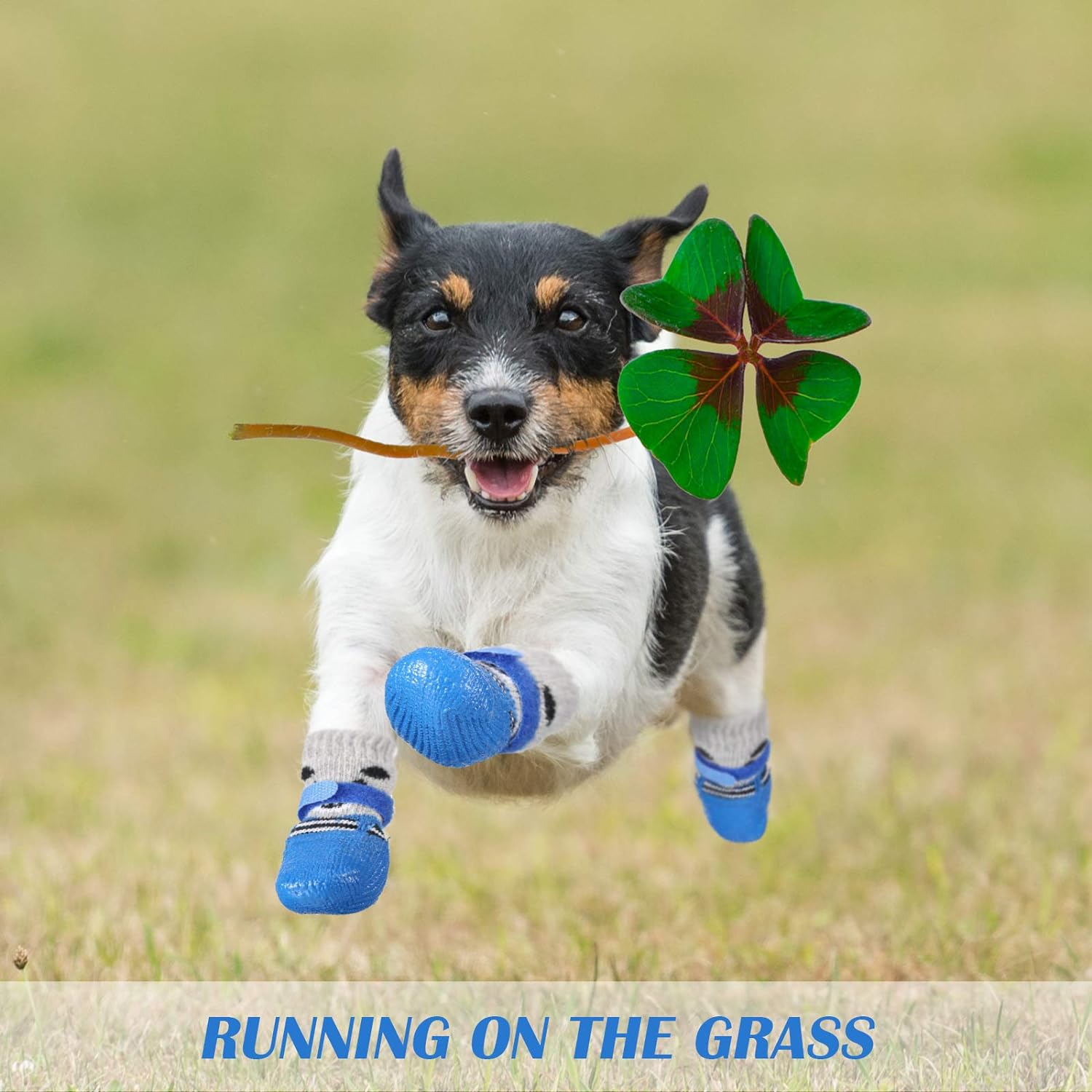
Weewooday. cotton, but reviewers say is dipped in some sort of plastic coating?
Well we're NOT thinking, at present, most of us, and we'd better start coming up with some naturally durable alternatives.
Booties For Sled Dogs
The truth is there's not a single brand out there making boots for professional mushing dogs that are not composed of some petrol (plastic) based material.
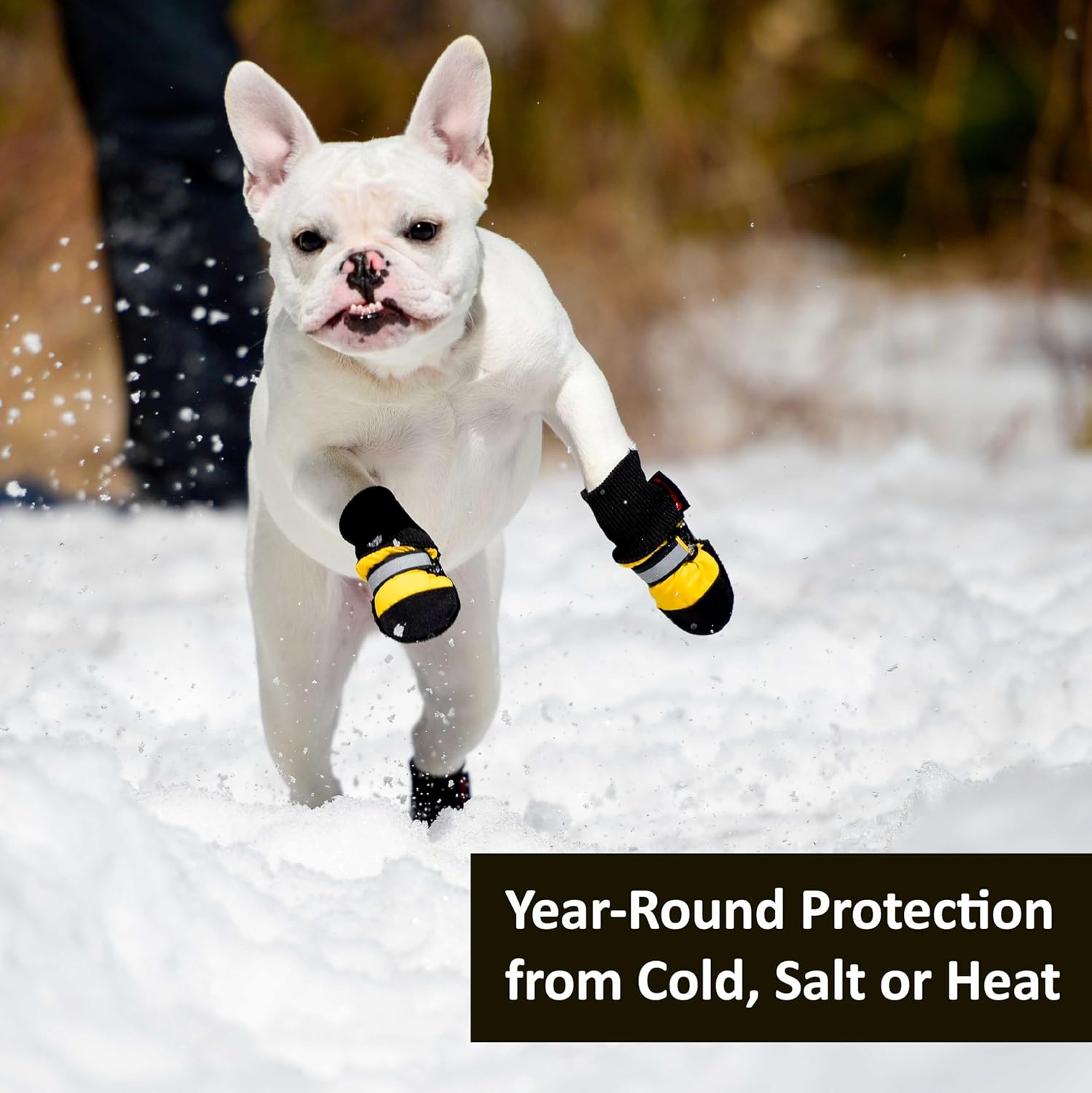
Muttluks. nylon & rubber, does not say natural or synthetic, fleece lined we may assume polyester, why? when there are Natural Fleece Options
Sad but true. There are natural rubber dog boots. Won't leave any microplastics as they wear and tear and break down on the trail, but not sure that's the most ideal material for an athlete to run in, over a distance of, say, 60 to 70 miles. About the top distance the mushingest mushing team will cover till due for a break, and a change out into a new set of boots, done multiple times.
The Long Distance Bootie
No, natural rubber although sustainably made and free of plastic, may not be the fabric of choice for these superstars. Natural rubber is an interesting substance water resistant, and will breathe a bit, depending on how it's manufactured.
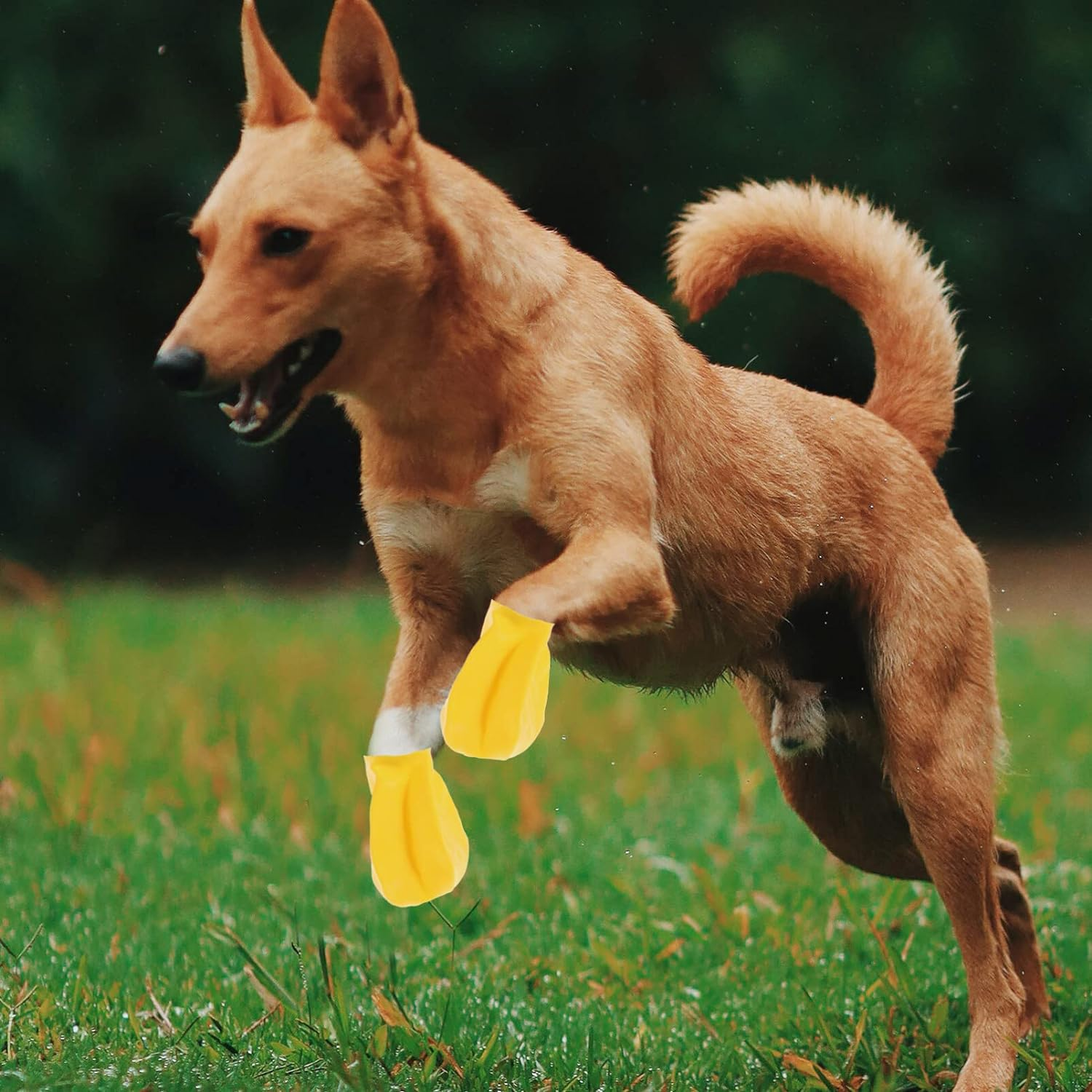
iPetboom. rubber
Dog's Feet...
... are all too important! When these long distance endurance runners stop for a break, first thing to come off are those boots, followed by copious paw massages, likely along with some therapeutic ointment rubbed in for good measure - the ingredients of which might be a musher's secret formula ;)
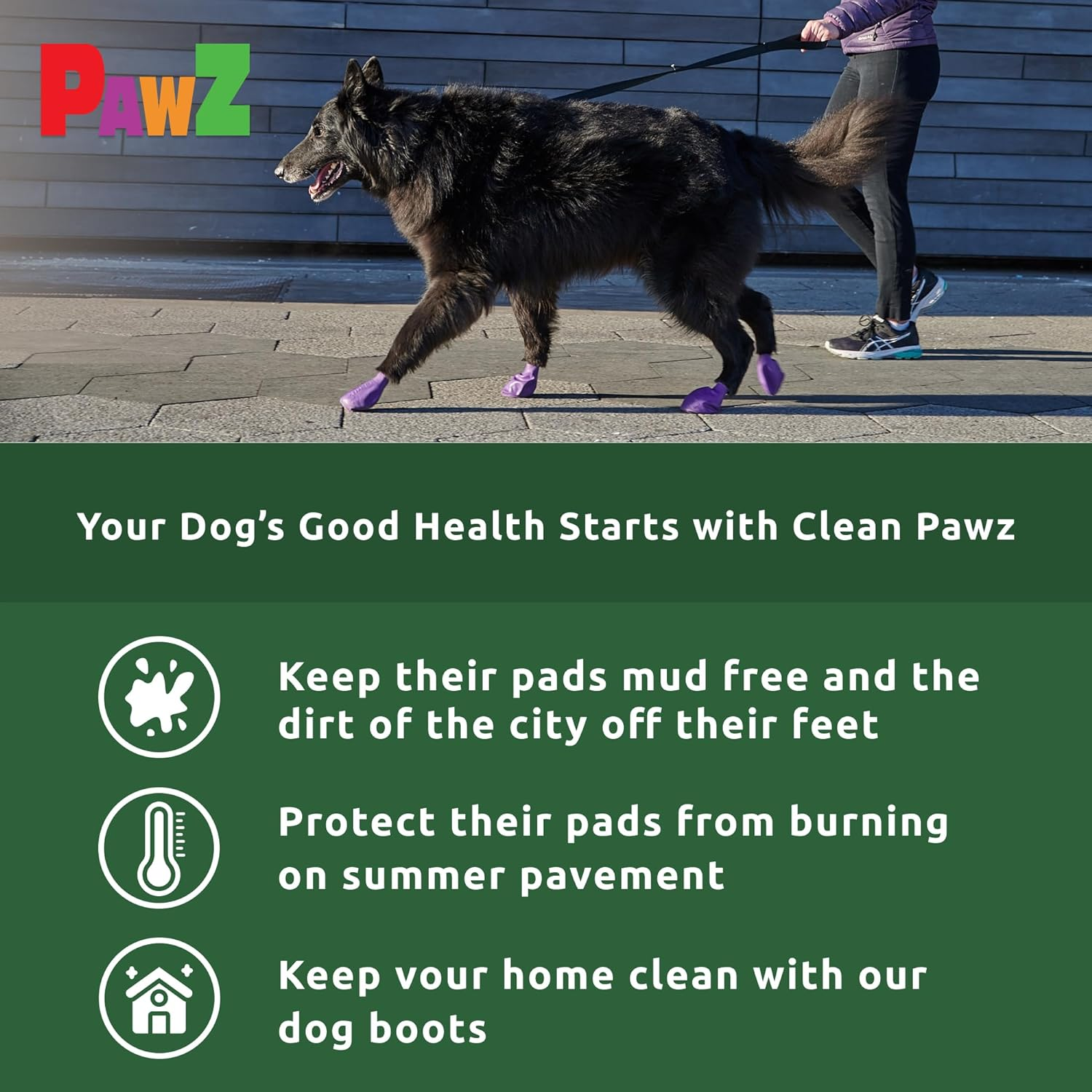
PawZ. rubber (we hope it's natural)
Yes, those all important feet must be rigorously cared for, and protected. Natural rubber might do for a sprinter or a casual walk in the woods, over rocks or the awful pavement, but maybe will not do for long distance dogs, running day after day. What's commonly used?
Common Mushing Boot Wear Fabrics
The choice of paw-wear can spark quite the dog debate. Enter Cordura: one of the choice fabrics in the mushing milieu. This material keeps those precious paws protected sure enough, and some makers of its nylon 6 base yarn are at least using post consumer plastic.
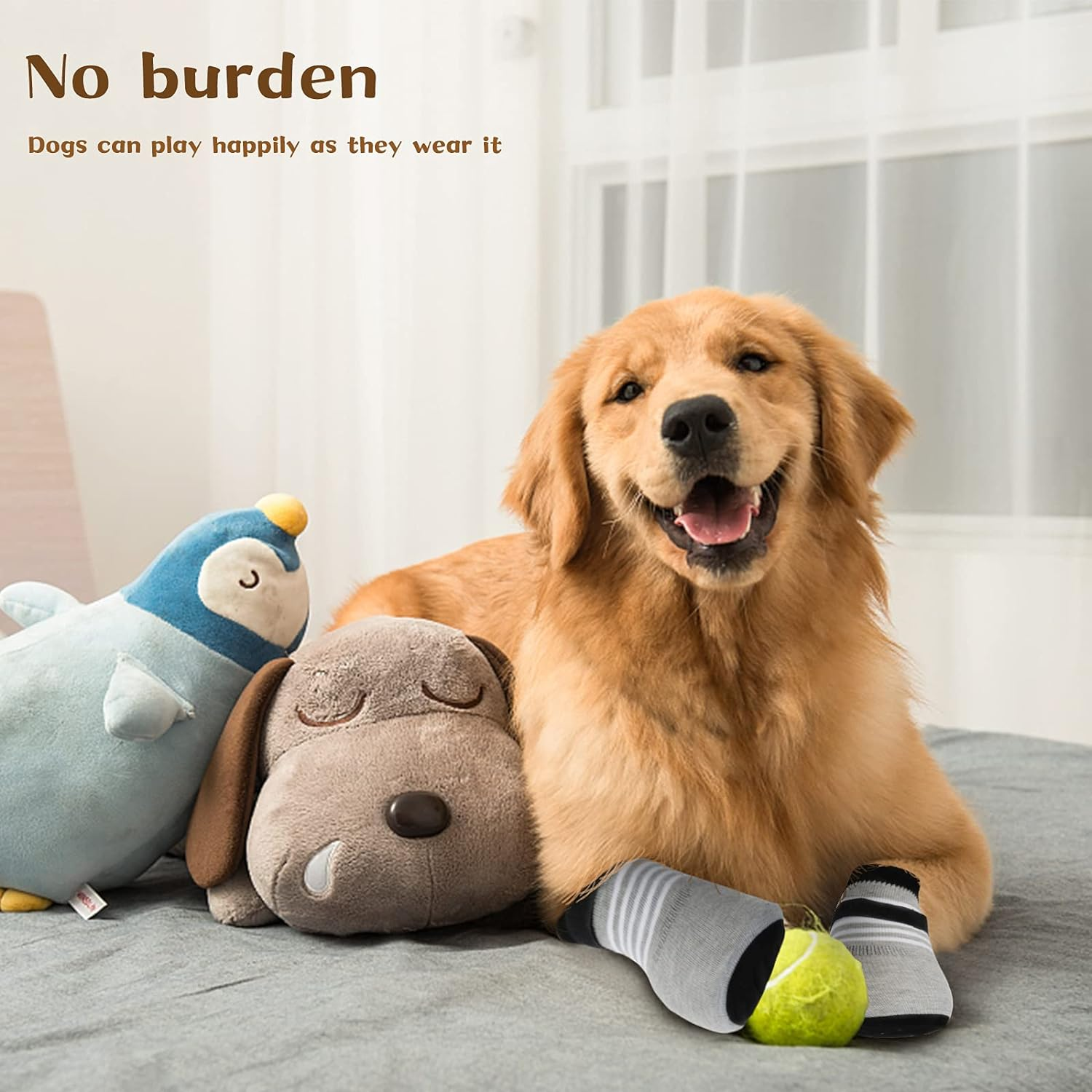
Rypet Store. these say just cotton, with a button closure (those buttons may be plastic though :(
Yet, beneath its tough and rugged veneer, Cordura still harbors a not-so-great secret—its petrol pedigree means it’s dropping microplastics like loose fur in shedding season. And nylon 6 will persist in the environment. Cordura didn't start out being petrol based. Castor Oil Nylon might be a solution.
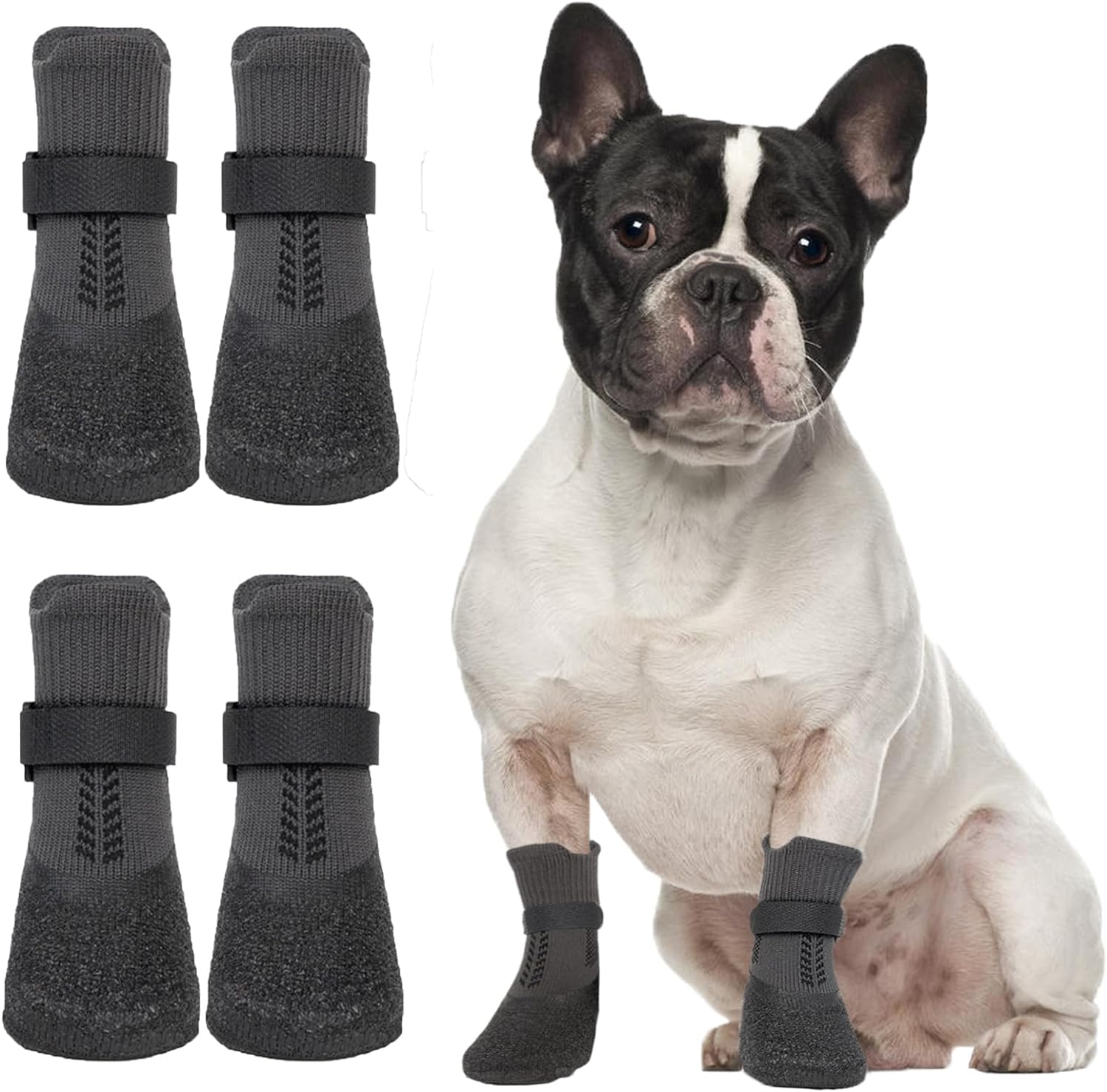
Quebran. leather
So next time your four-legged friends suit up for The 1000 mile Yukon Quest (the way ir used to be) or Iditarod, remember: those booties, in the future, could use an environmental upgrade. Those trails need to stay as pristine as our husky's howl under the Northern Lights.
Dog Boots: Not Just For The Sled Dog Athletes
Your pupper's precious pads might require protection from more than ice balls or deep snow. Dryland walking, winter or not, can present tough terrain for any feet unaccustomed.. Heat, wet, cold, putting a best foot forward with walking shoes for your dog might be the proper fit, and styling trick. Dog booties – the ultimate fashion-meets-function accessory for your four-legged friend.
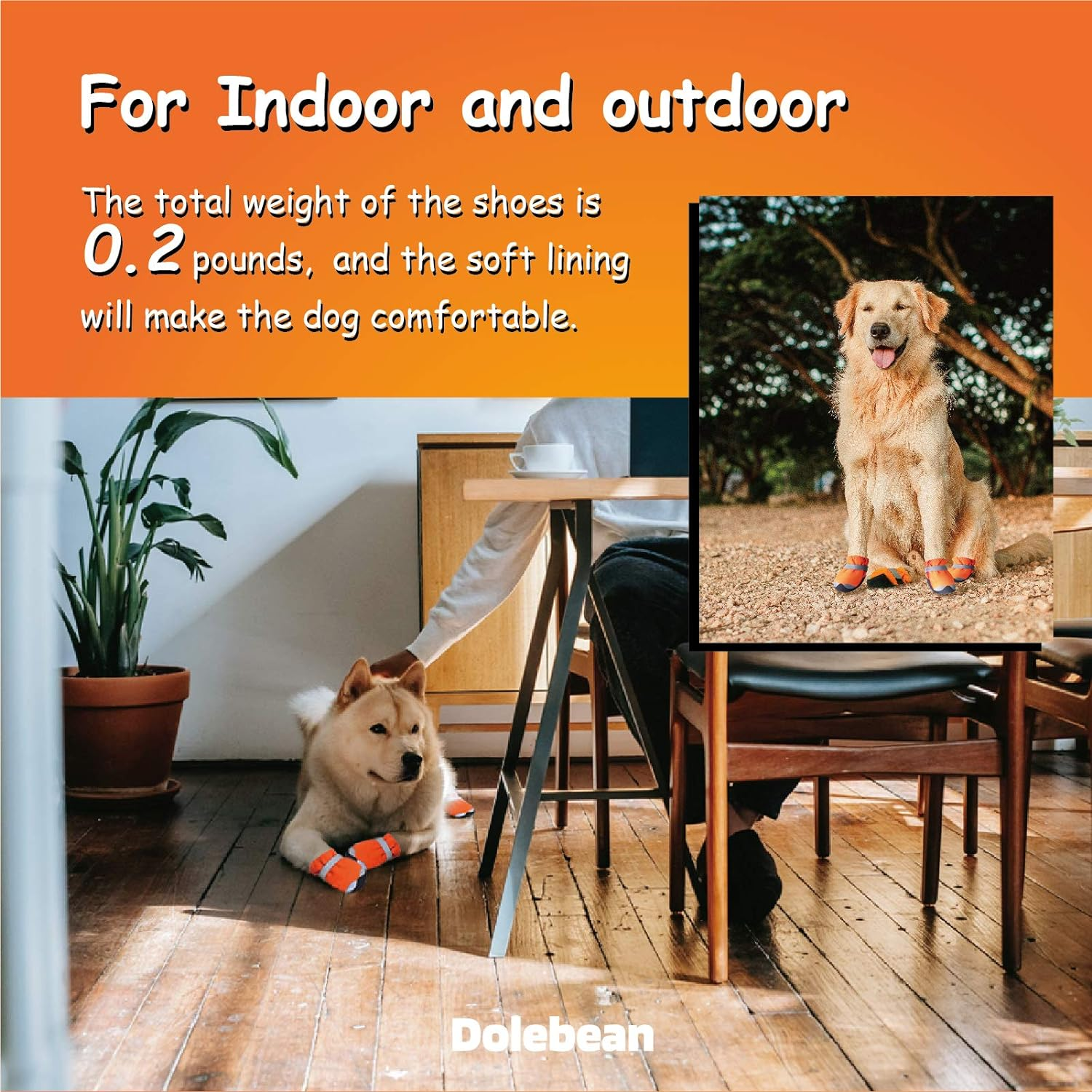
Dolebean. material not listed
Sure, they might start off prancing like their toes first encounter with fresh snow, but these little footsies guard against scorching sidewalks, gnarly nails on hard floors, and the mysterious gunk of city streets that might be outside your door. Boots might be just the thing for keeping your dog's feet safe. Our canine companions are the adventure-seeking, pavement-pounding, hard wood floor-siding fur heroes of the urban jungle! 🐾👟
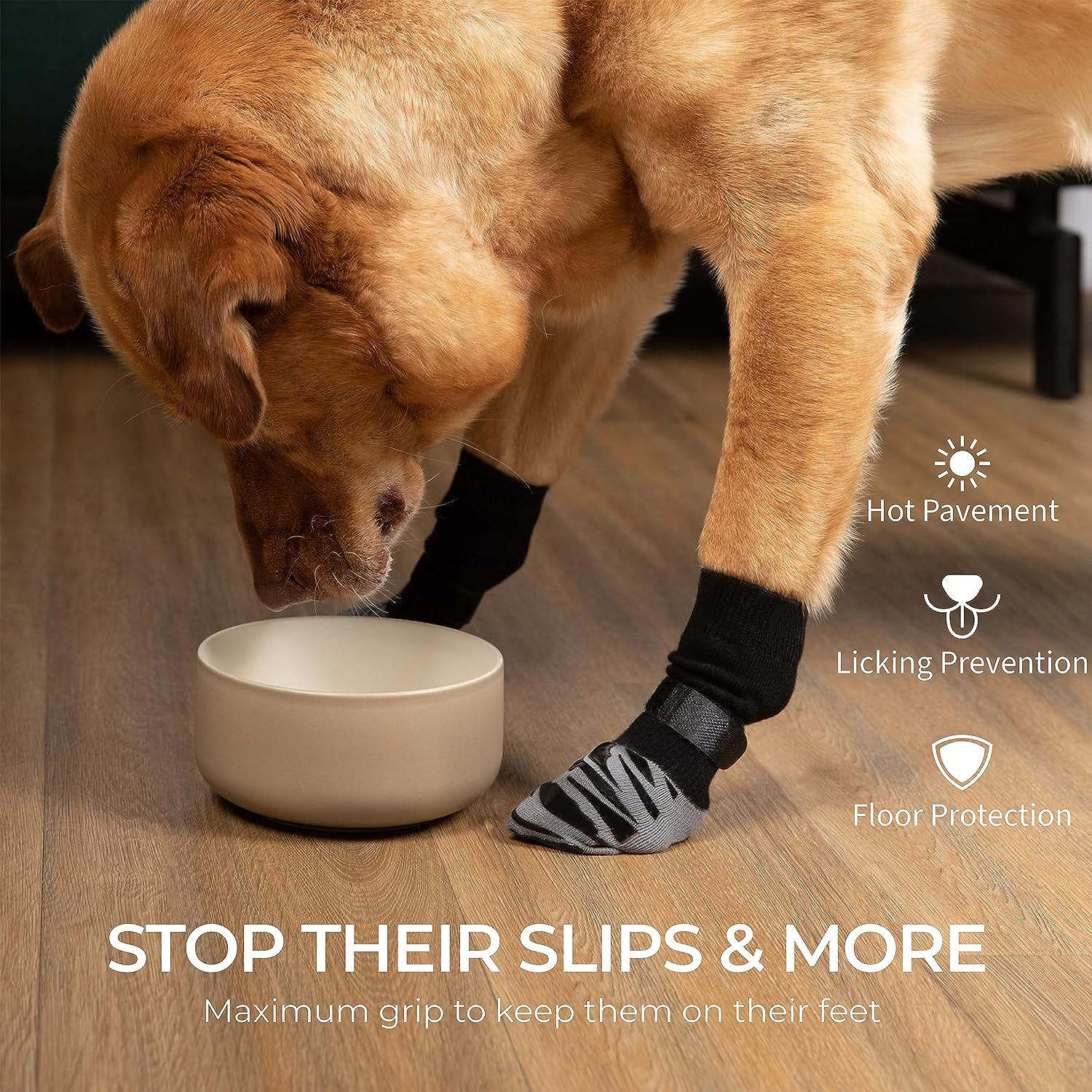
DOK Tiger Toes cotton socks, with Hook & Loop closure, which is the new name for the same old polyester. Apparently we're not allowed to call it Velcro anymore.
Your pup may have an injury, abrasion, or medical condition that requires a boot for a time. Something that's irritating a paw, so they of course want to keep licking it, making it worse. A dog boot may be the answer.
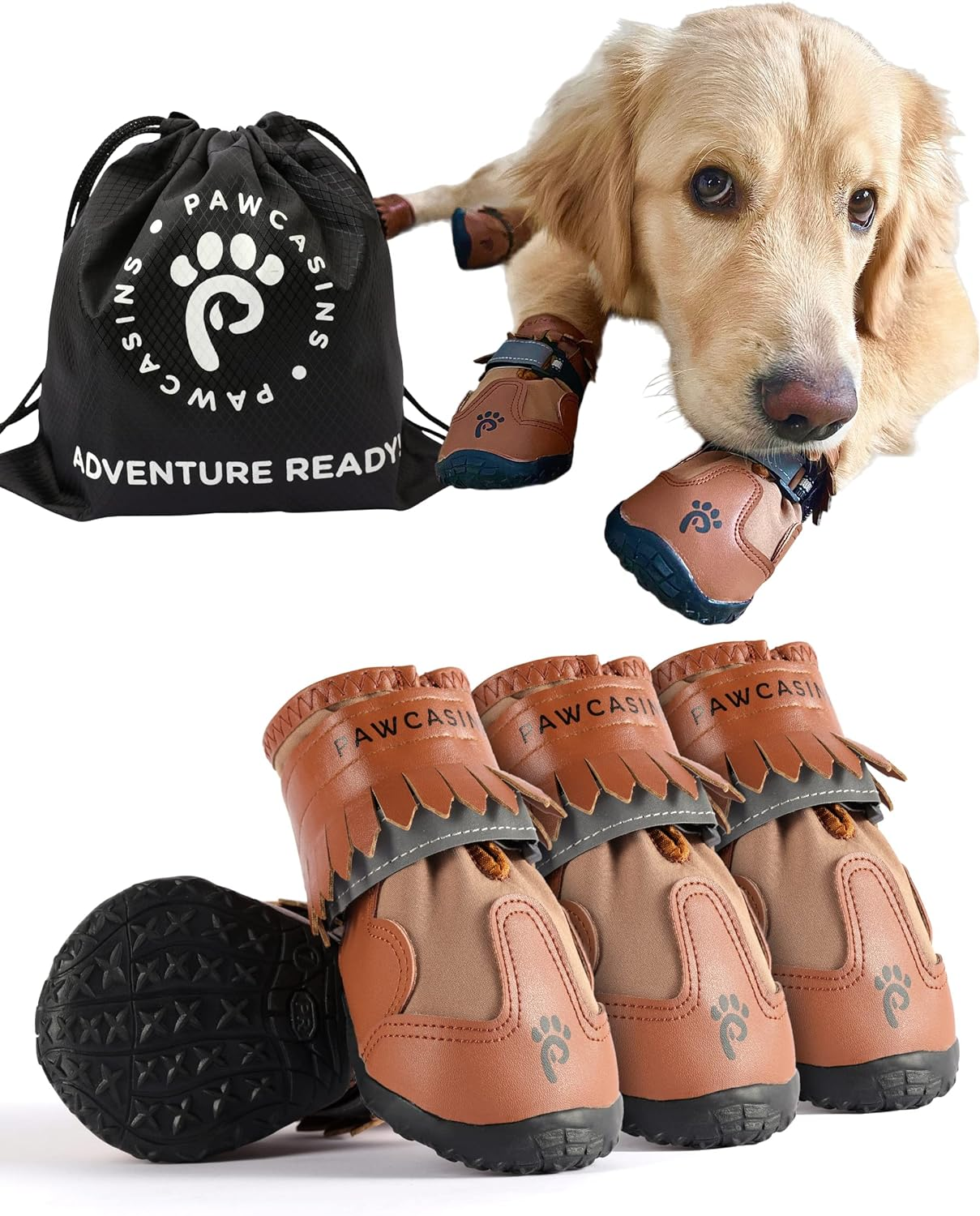
Pawcasins leather, shame about the polyester fleece lining :(
Perhaps it's a condition where all four feet would benefit from such boot protection. In any case, might be worth keeping a set around. But never leave them on for long, and you want some fabric that breathes - dogs actually sweat through those feet. Nylon (plastic) mesh is another common material used in making dog boots. Polyester, neoprene and polyresins (more plastic) are also unfortunately common.
Mushing Without Trashing the Trails
A mushing lifestyle sounds like something straight out of a wilderness epic – because it is, except for a tiny, unignorable detail: the plastic.
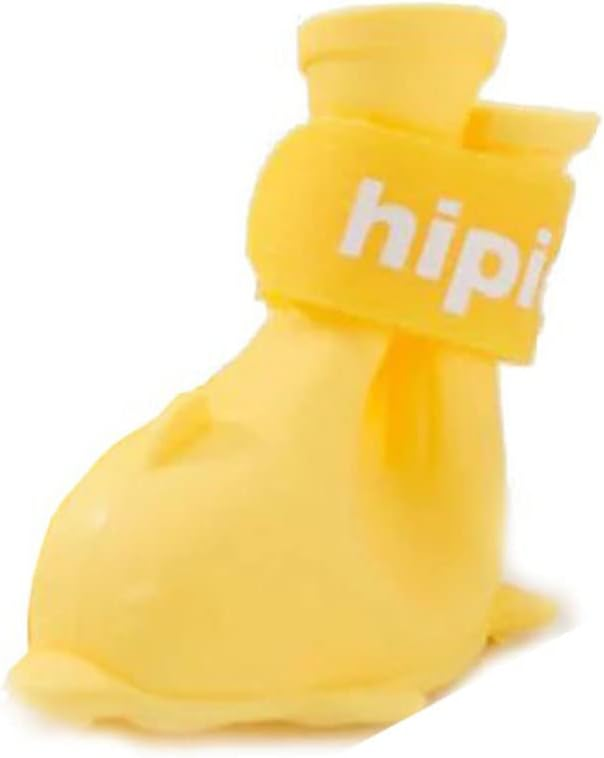
IDOSYS. waterproof silicone boots
Dog booties, as we know them, have worn on the environment. But it's these small things that we can correct first. Providing the best traction and protection for our furry athletes doesn't have to be paid in microplastics.
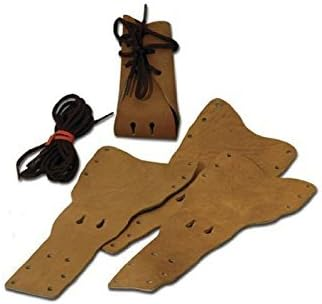
Auburn Leathercraft Aussie Style Dog Boot
Leather Is Breathable, if not covered with too much dye or coating
Let's think what tomorrow's sustainable mushing gear could look like, without leaving a trail of microplastics in our wake.
The Poetry of the Musher’s Journey
Picture this: a stunning morning, the snow crisp under your boots, and the promising silence that lingers in the air before you pull the hook and your canine partners eagerly lead you into the wilderness. Dog mushing stands as an ode to the partnership between humans and nature, a tale of resilience and togetherness. But over that serene snowscape, microplastics are shedding: sled booties – mandatory gear but another silent environmental foe.

YAODHAOD. "quality material" whatever that is, Hook & Loop (velcro) closure
Mushing is more than a sport; it's a lifestyle steeped in tradition, rugged individualism. But as is the case with much of today's modern materials, not as poetic as it could be. We can fix that.
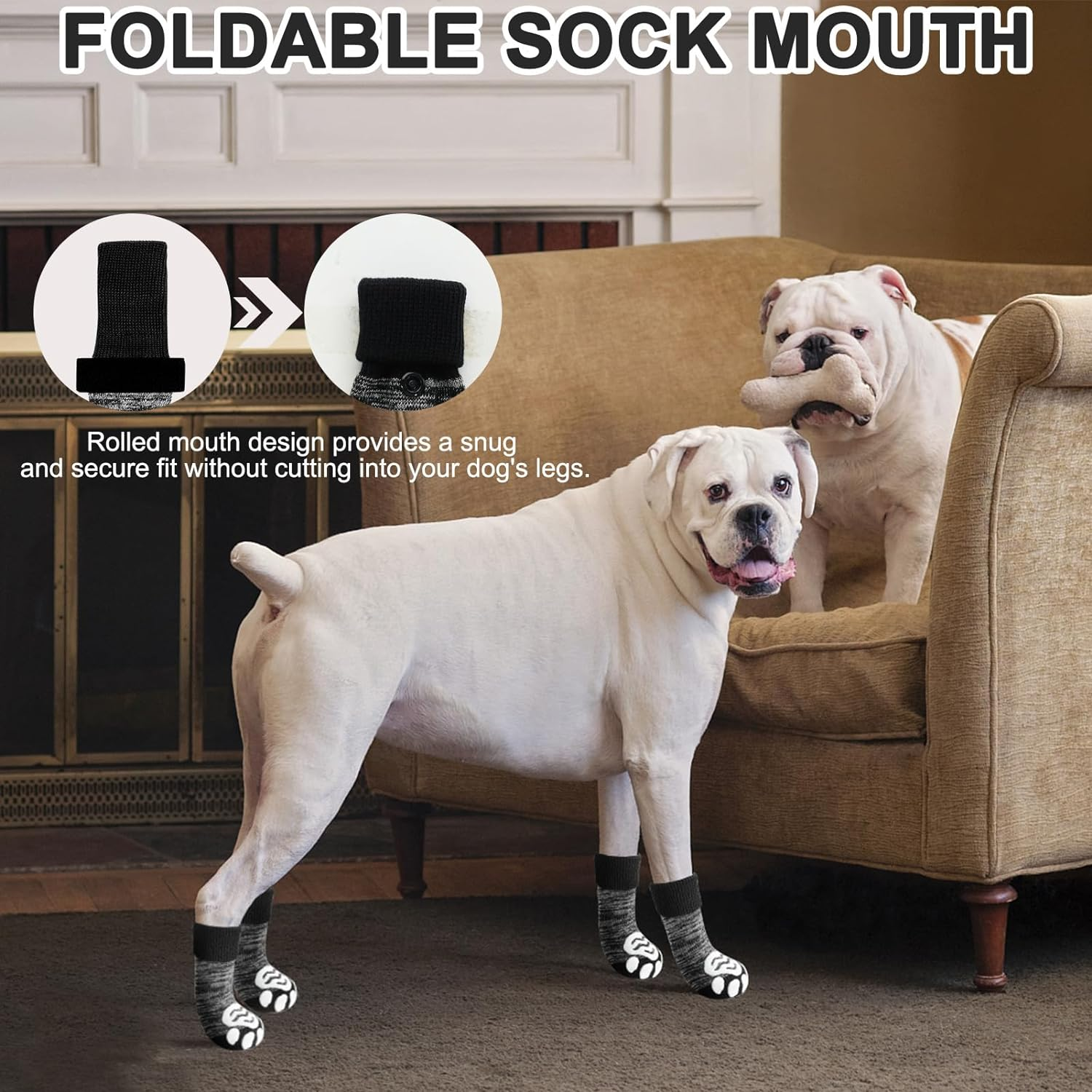
Expawlorer. cotton, but with (that former velcro) Hook & Loop
Now we actually can produce a Biodegradable Velcro though so far No Plastics has found no one using it.
Sure, traditional materials like leather were once the norm, but mushing has evolved, and with it, the gear. Presently booties made from petroleum-based materials provide better performance. However, this innovation packs a punch that lands on the environment's chin.
The Unwelcome Shed: Microplastics on the Trail
When dog teams pound the packed snow, each booted paw presses down, gripping and clawing at the ground. It's a dance of strength and speed, a symphony that tests the will of the musher and the gear of the sled dog. The value of dog booties is unquestioned. They protect pads from rough, icy terrains, and injuries became less frequent.
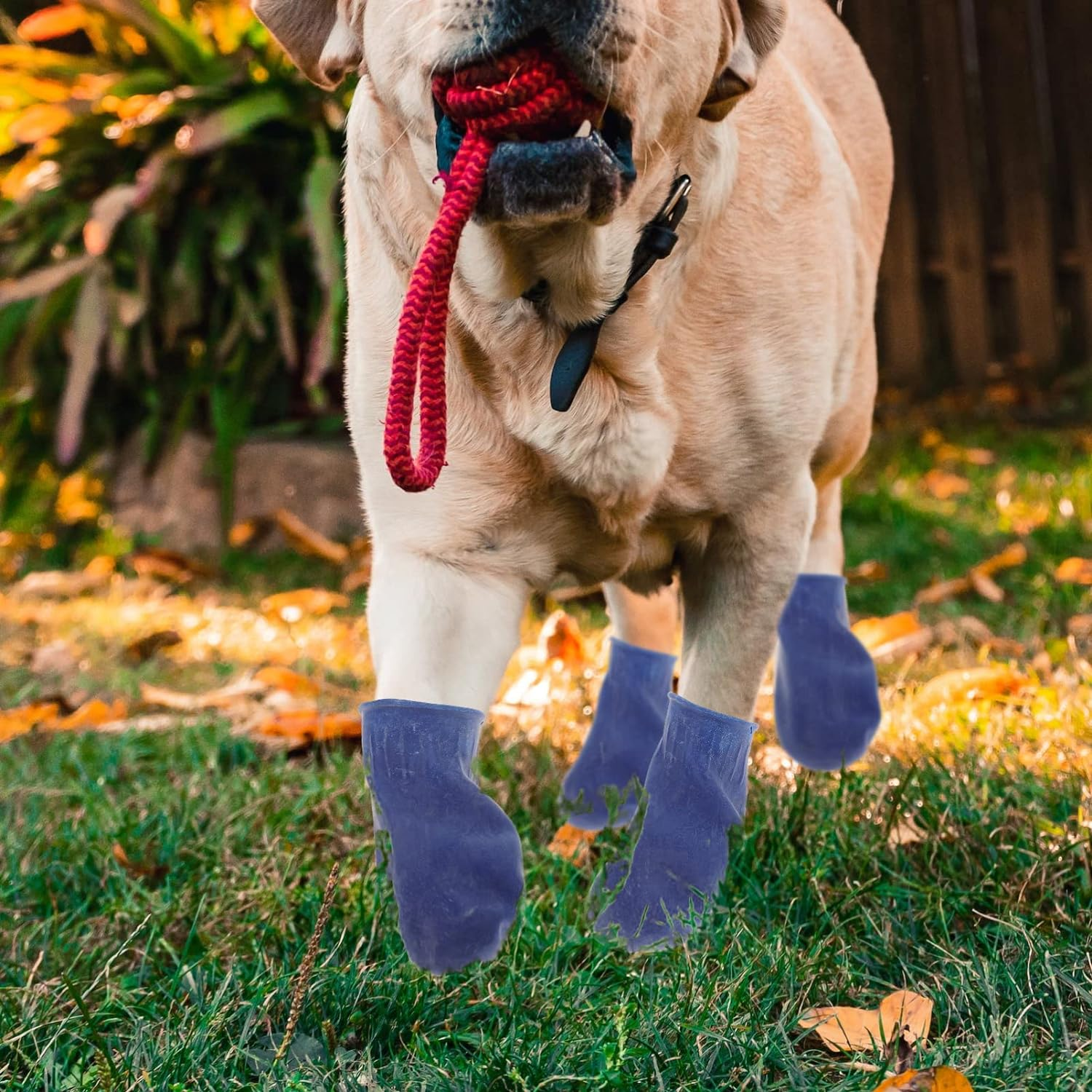
UKCOCO. rubber
Todays acceptable materials – made to endure the toughest cold – shed all too easily, leaving a trail of those pesky plastic pollutants that are virtually impossible to clean up. As mushers, our first concern is for our pack's safety and performance. How best to honor the environment and our dogs?
Howl for Change: Sustainable Sled Dogging
Our four-legged friends deserve a sustainable way to tread the snow. The path to sustainable mushing could begin with a change in bootie material, something that works in harmony with nature, not against it. Innovators, are you listening? The sled dog community needs you to put your best paw forward.
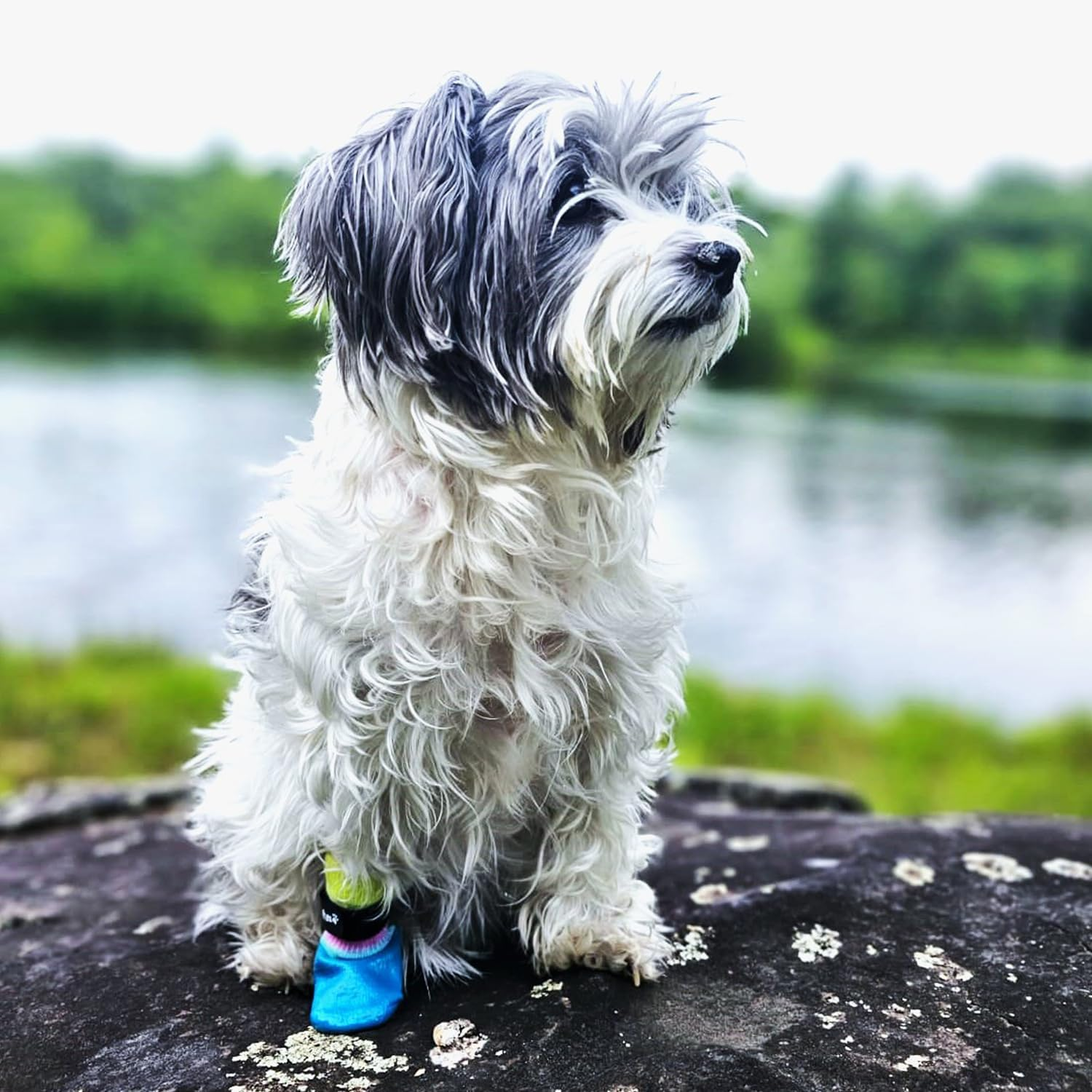
PawFlex. cotton, dipped in rubber?
While the perfect biodegradable, high-performance alternative might not be on the shelf just yet, there are steps we can take as mushers to minimize our environmental paw print. If you see a bootie fallen off on the trail...you know what to do, so at least that bit of plastic doesn't flush into the nearest river with the thaw.

PawFlex. cotton with a silicone grip
Triple-layer biodegradable booties? (This dog person votes for some form of hemp! Soft and super tough, would that work?)
The Barking Future: Imagining Sustainable Solutions
Let’s embrace this challenge with the enthusiasm of a lead dog who just spotted the finish line. Sustainable dog sled booties are not just an environmental need; they could spark innovation that could lead to entirely new, safer, and perhaps even more high-performing materials.
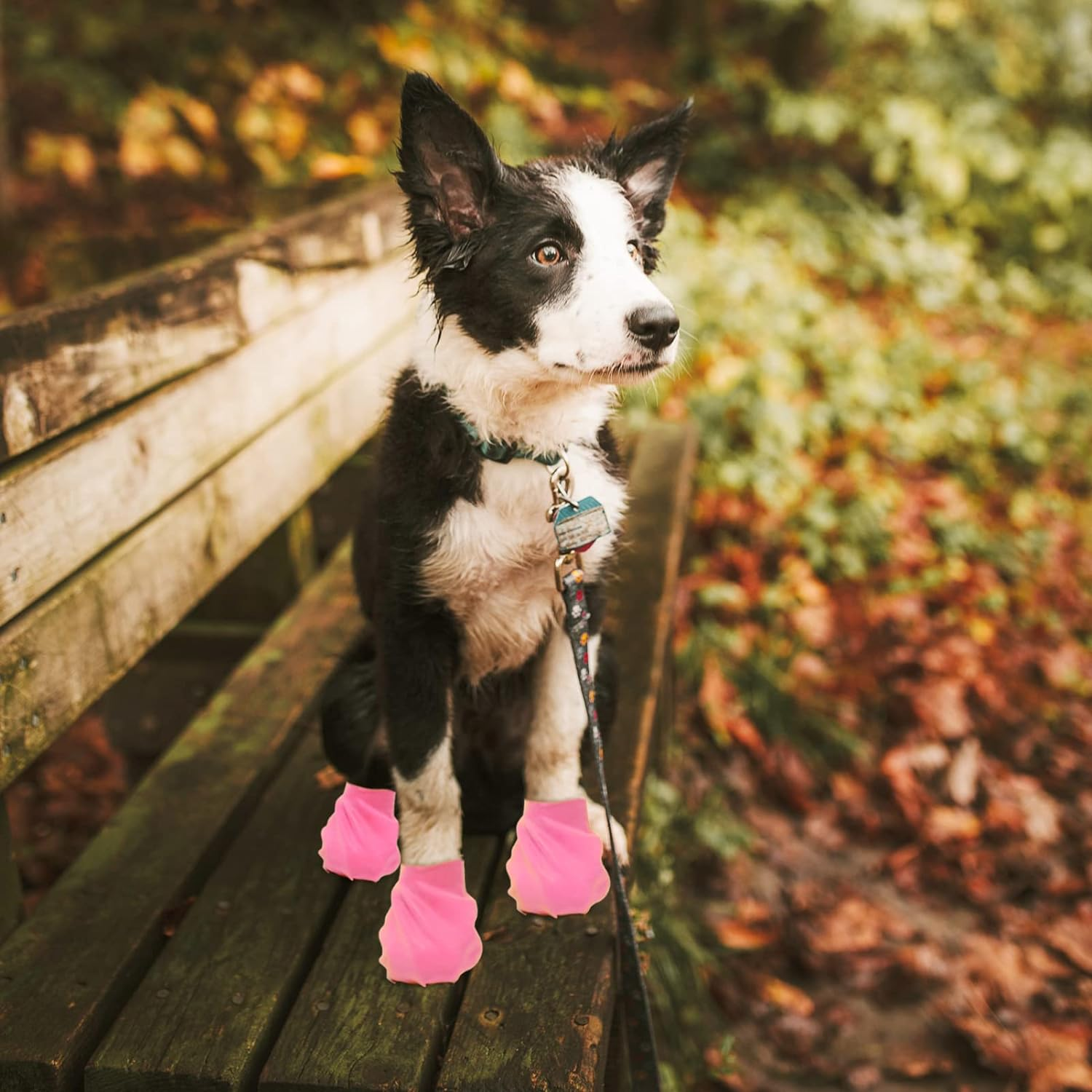
NUOBESTY. environmentally friendly rubber
Sustainable Sled Dogs Wear....
...imagine booties that don't just cushion against the elements and shield from harm, but also enrich the soil they slough off into. If the mind's eye pictures an absurd image of grow-your-own-garden socks, consider this – the world was once astounded by things like airplanes and smartphones.

DcOaGt Dog Shoes. leather, but is it PU (polyurethane) leather?
For manufacturers, the message is loud and clear: there is a demand for sustainable dog sled gear. Mushers of the future might just be clad in materials as trailblazing as the spirit that carries them through the snow.
In the End, We’re All in the Same Mushing Pack
It's about acknowledging the unintended consequences of our gear and working towards a solution that respects the earth.
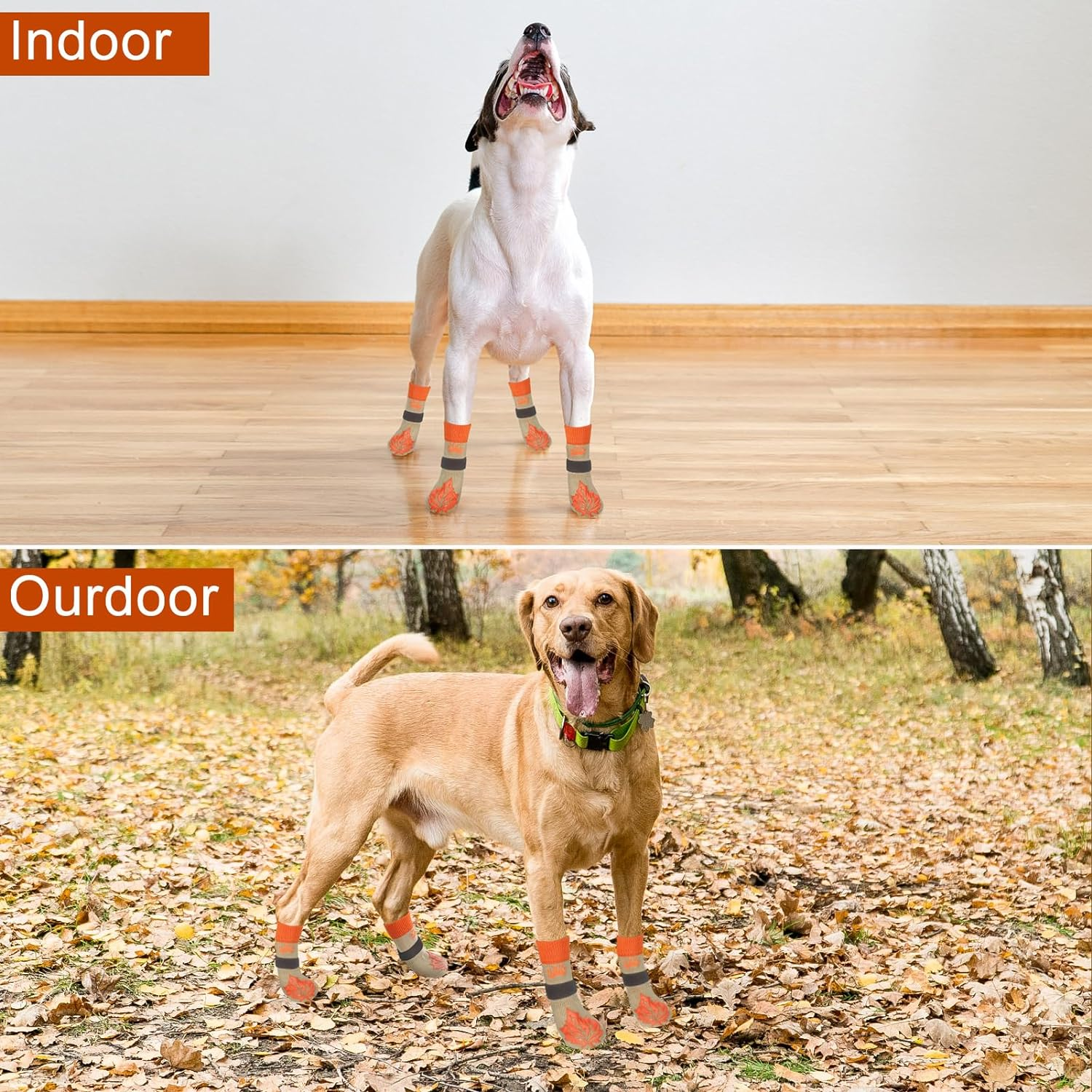
Expawlorer. cotton
The wilderness has always been resilient, but it's time for the gear that crosses it to match that resilience in kind. The future of dog sledding – and the environments in which we do so – is in our hands, and quite literally. We can begin with the paws of our faithful dogs. As we look towards a horizon where sustainable gear is as much a focus as winning races. It’s not the speed of the journey, but the integrity of the gear that ensures we leave no trace behind.
Don't forget the entirely Plastic Free Dog Poop Bags on those walks with your dog! Some are imposters, loaded with microplastics.
FAQs
Are dog booties necessary for all dogs?
No, not every dog will need booties, but they can be beneficial for certain situations. Dogs who live in areas with extreme weather conditions may benefit from wearing booties to protect their paws from harsh terrain or extreme temperatures. Dogs who have a cut to a paw or some condition that requires the area to be covered, to prevent chronic licking or some other reason for protection. For professional, athletic sled dogs, however, booties are a necessity.
Do they offer any protection against salt or chemicals used on roads in winter?
Yes, dog booties provide a protective barrier against harmful salt and chemicals commonly found on roads and sidewalks in winter, preventing potential irritation and discomfort for your dog's paws.
Are the booties specifically designed for certain dog breeds or sizes?
Dog booties come in a variety of sizes to fit most dog breeds and paw sizes. Refer to a sizing guide to choose the best fit for your dog.
How long do the booties typically last before needing replacement?
With regular use, durable dog booties are designed to last several months. The longevity will vary based on your dog's activity level and walking surfaces.
How do I measure my dog's paws for the right bootie size?
To ensure the best fit, place your dog's paw on a piece of paper and press down to mimic how the paw spreads when walking. Mark the left and right sides on the paper and measure the distance between the marks. Compare this measurement to a size chart normaly provided to find the appropriate bootie size. It is also recommended to measure your dog's paw while standing to get a more accurate measurement. Additionally, some bootie brands may have specific instructions for measurement, so be sure to check their guidelines.
For more information:


